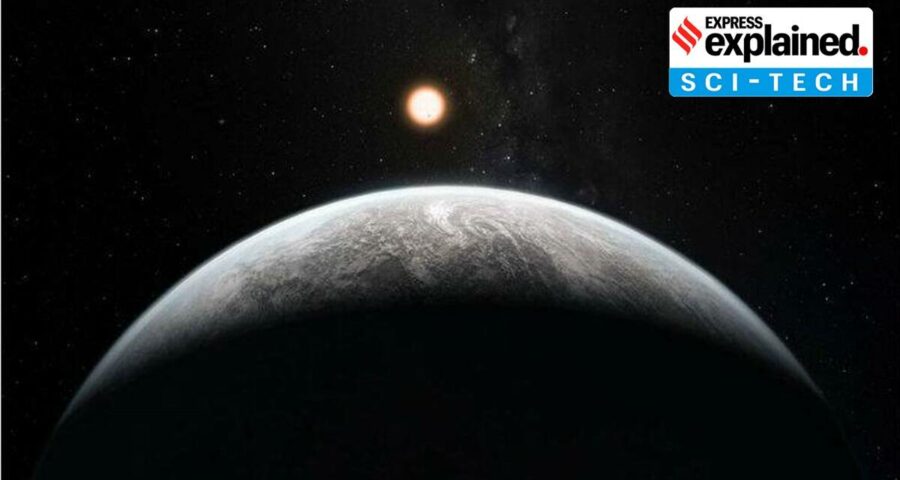While this change is not expected to affect daily life, it can change the length of the day by a few milliseconds, experts say.
Rising sea levels, heatwaves, melting glaciers and storms are some of the well-known consequences of climate change. New research has added yet another impact to this list – marked shifts in the axis along which the Earth rotates.
A study published in Geophysical Research Letters of the American Geophysical Union (AGU) says that due to the significant melting of glaciers because of global temperature rise, our planet’s axis of rotation has been moving more than usual since the 1990s.
While this change is not expected to affect daily life, it can change the length of the day by a few milliseconds, experts say.
How the Earth’s axis shifts
The Earth’s axis of rotation is the line along which it spins around itself as it revolves around the Sun. The points on which the axis intersects the planet’s surface are the geographical north and south poles.
The location of the poles is not fixed, however, as the axis moves due to changes in how the Earth’s mass is distributed around the planet. Thus, the poles move when the axis moves, and the movement is called “polar motion”.
According to NASA, data from the 20th century shows that the spin axis drifted about 10 centimetres per year. Meaning over a century, polar motion exceeds 10 metres.
Generally, polar motion is caused by changes in the hydrosphere, atmosphere, oceans, or solid Earth. But now, climate change is adding to the degree with which the poles wander.
What the new study says
Since the 1990s, climate change has caused billions of tonnes of glacial ice to melt into oceans. This has caused the Earth’s poles to move in new directions.
As per the study, the north pole has shifted in a new eastward direction since the 1990s, because of changes in the hydrosphere (meaning the way in which water is stored on Earth). From 1995 to 2020, the average speed of drift was 17 times faster than from 1981 to 1995. Also, in the last four decades, the poles moved by about 4 metres in distance.
The calculations were based on satellite data from NASA’s Gravity Recovery and Climate Experiment (GRACE) mission as well as estimates of glacier loss and groundwater pumping going back to the 1980s, according to Science Alert.
“The faster ice melting under global warming was the most likely cause of the directional change of the polar drift in the 1990s,” the study says.
“The other possible causes are (terrestrial water storage) change in non‐glacial regions due to climate change and unsustainable consumption of groundwater for irrigation and other anthropogenic activities.”
While ice melting is the major factor behind increased polar motion, groundwater depletion also adds to the phenomenon. As millions of tonnes of water from below the land is pumped out every year for drinking, industries or agriculture, most of it eventually joins the sea, thus redistributing the planet’s mass.
Source: Read Full Article


